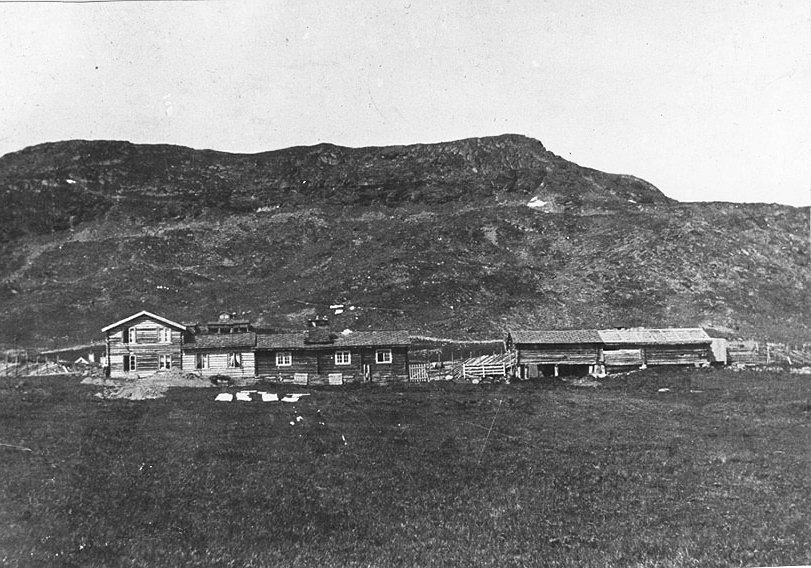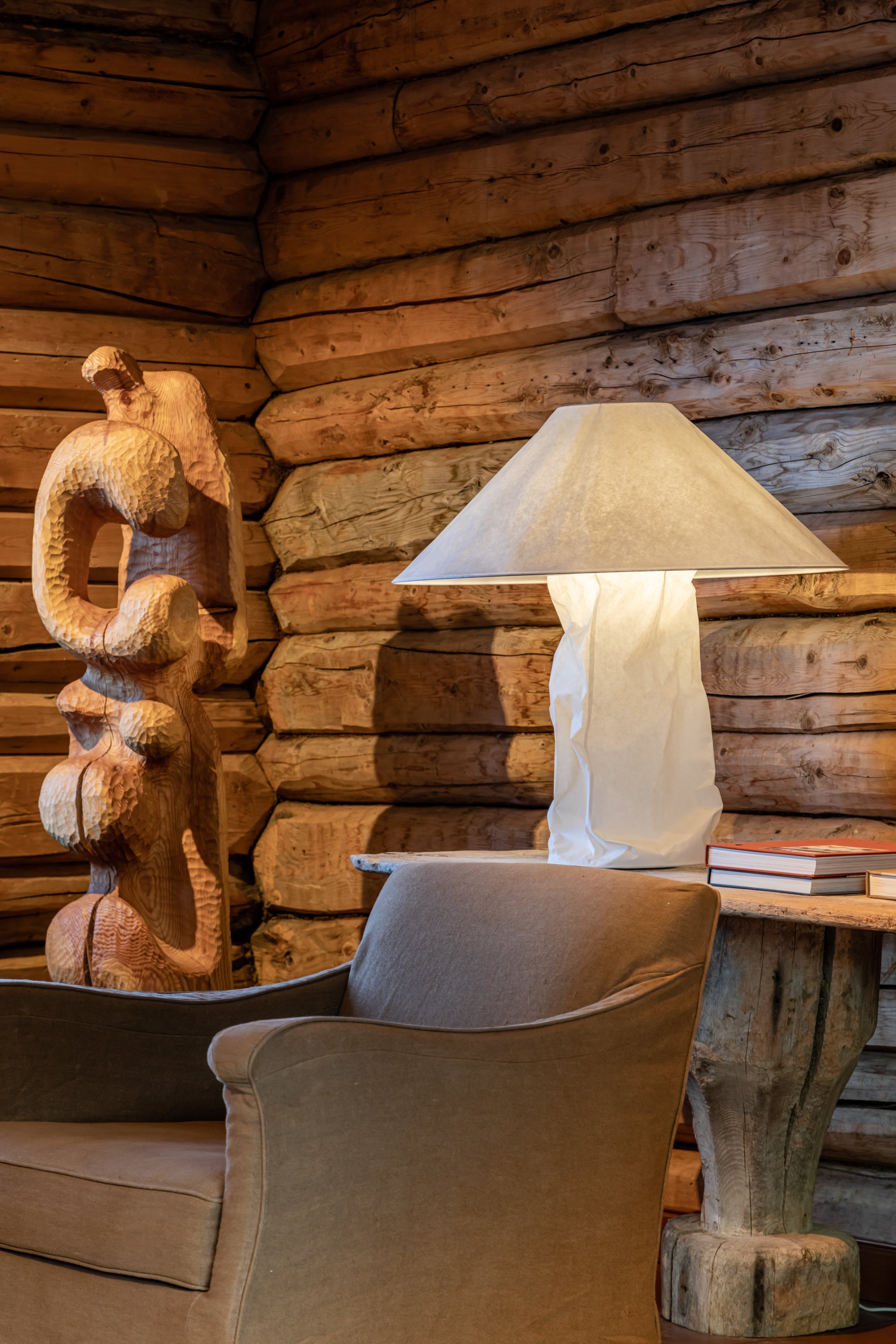
Valseter is a place steeped in heritage, a symbol of resilience and transformation.
Built by the great-great-grandparents of its current owner Amund Bjorklund. Initially, Valseter served a humble purpose - a summer mountain farm or "Seter", where cows grazed on the lush mountain grass, and cheese and butter were crafted from the bounty of the land.
However, the arrival of the railroad from Oslo in the 1890s ignited a spark of change. With tourists beginning to explore the picturesque Norwegian mountains, Johan and Rønnaug Kjorstad, Bjorklund's ancestors, seized the opportunity. They expanded Valseter with additional buildings to accommodate for tourists.
In a bold move in 1901, they added a second story to the structure, complete with a new facade reflecting the popular architectural style of the time. This addition housed ten guest rooms, creating a striking contrast between the modern tourist accommodations above and the original farm rooms below. It was a unique cohabitation of the old and new, displaying the evolution from a farming operation to a tourism hub within its very structure.
By the 1930s, however, expectations had evolved. Tourists sought modern conveniences - electricity, running water, and bathrooms. Unable to meet these new standards, Valseter fell into decline. By the 1960s, it had been abandoned and began to deteriorate rapidly.
1890s, before the second story was added. The original farmhouse structure consists of the three darker clad rooms in the centre.
1901. Valseter right after completion.
1995, after decades of neglect.
In 2015, another change was coming when Amund and his partner, Sunniva, took ownership of Valseter. They saw not just a ruin, but a monument to a bygone era. They embarked on a painstakingly long and meticulous journey to breathe life back into the house, working with award winning architect Erik Langdalen, and local craftsmen who shared their vision of restoring rather than replacing. Each salvageable piece was treated with reverence, preserving as much of the original structure as possible. A modern addition was made to house bath and shower facilities, ensuring that the historical integrity of the older rooms remained uncompromised. Through years of arduous and costly labor, Valseter was reborn in 2023.
Today, Valseter serves as a time capsule, a tribute to the early days of Norwegian mountain tourism.
Unadorned by the modernisation that swept across other hotels in the area, it harks back to a time when simplicity was cherished and nature was the only amenity required.
Valseter´s story continues to unfold, echoing the tale of Johan and Rønnaug while the new owners write their own chapter.






